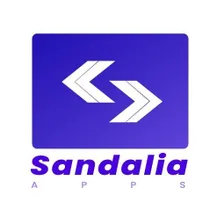TikTok User Data Extractor
Pricing
$35.00/month + usage
TikTok User Data Extractor
⚡️ Extract thousands of TikTok profiles in minutes! 📈 Use a list of URLs to gather data such as follower count, following count, likes, bio, video count, and more. 💾 Export in JSON, CSV, Excel, or XML. 🚀 Automate your TikTok analysis!
Pricing
$35.00/month + usage
Rating
5.0
(3)
Developer

Sandalia Apps
Actor stats
7
Bookmarked
140
Total users
7
Monthly active users
5 months ago
Last modified
Categories
Share

